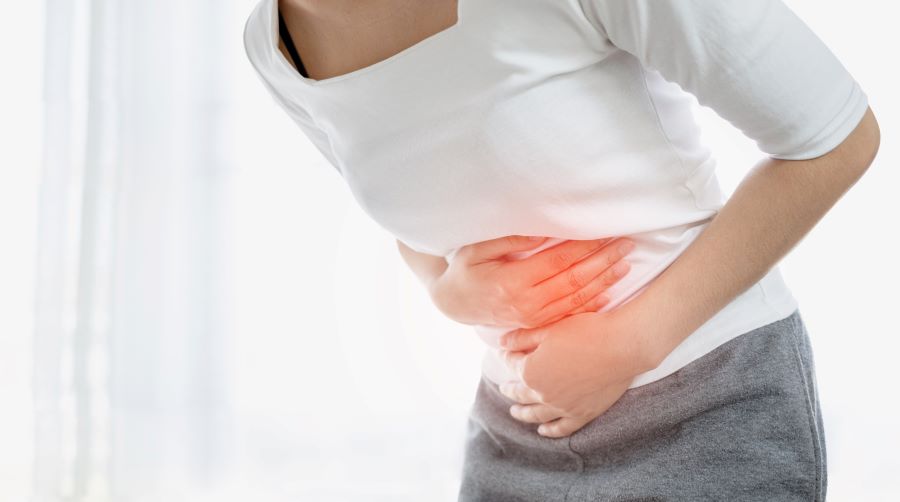Managing pain and itching in the anal area with evidence-based approaches
Pain, itching, or irritation around the anal or perianal area can be distressing and interfere with daily life. This overview explains common causes, symptom patterns, and evidence-based steps to relieve discomfort, reduce inflammation, and lower the risk of complications by addressing stool consistency, local care, and when to seek specialist assessment.

Anal and perianal discomfort can range from mild itching to sharp rectal pain or bleeding. These symptoms commonly stem from hemorrhoidal disease, skin irritation, fissures, or infection, and they often relate to stool consistency, constipation, or local inflammation. Understanding practical, evidence-based measures—dietary adjustments, topical care, proper toileting habits, and timely proctology referral—helps people manage symptoms and reduce recurrence while minimizing unnecessary procedures.
What causes rectal and anal pain?
Pain in the rectal or anal area often results from internal or external hemorrhoids, anal fissures, abscesses, or thrombosis. Straining during bowel movements and hard stools increase pressure and microtrauma to anal tissues, producing sharp or burning pain. Less commonly, inflammatory bowel disease and infections can cause deeper rectal pain. A brief history of symptoms—onset, relation to stooling, and presence of fever or systemic signs—helps determine whether conservative care is appropriate or a clinical examination is needed.
How to address perianal itching and inflammation?
Perianal itching (pruritus ani) may arise from moisture, irritation by soaps or wipes, fecal residue, or skin conditions. Gentle hygiene with water, avoiding antiseptic or perfumed wipes, and drying the area thoroughly can reduce irritation. Topical barriers such as zinc oxide or simple emollients protect inflamed skin; short-term topical corticosteroids may be advised by a clinician for severe dermatitis. Avoiding prolonged sitting and wearing breathable cotton undergarments can also cut down moisture-related inflammation.
When does bleeding or other symptoms require proctology review?
Light rectal bleeding with bowel movements is commonly linked to hemorrhoids or fissures, but persistent, recurrent, or heavy bleeding warrants medical evaluation. Additional warning signs such as unintentional weight loss, significant change in bowel habits, or family history of colorectal disease justify timely referral to a proctology or colorectal specialist. Clinical inspection, anoscopy, or endoscopic testing can confirm the cause and guide targeted treatment rather than empirical measures alone.
How do fiber, hydration, and stool habits help?
Improving stool consistency is a central preventive and therapeutic approach. Increasing dietary fiber gradually—through fruits, vegetables, whole grains, or a fiber supplement—can soften stool and reduce straining. Adequate hydration complements fiber to maintain regular stool passage. Establishing gentle toileting habits (avoid prolonged sitting on the toilet, respond promptly to stooling urges) helps reduce pressure on anal tissues. Laxatives may be used short-term when constipation persists after lifestyle changes, under clinician guidance.
When are sitz baths, topical care, or laxatives appropriate?
Warm sitz baths for 10–15 minutes several times daily can relieve anal pain and promote local blood flow, which many clinical reviews support for symptomatic relief. Over-the-counter topical treatments (local anesthetic or astringent agents) can help short-term for pain or itching, while topical anti-inflammatory agents are sometimes recommended for dermatitis or fissures under supervision. Bulk-forming laxatives and osmotic agents are preferred first-line medication options for constipation-related strain; stimulant laxatives are reserved for short-term rescue when needed.
What prevention strategies reduce recurrence and symptoms?
Prevention focuses on maintaining soft, well-formed stool, minimizing straining, and protecting perianal skin. Regular fiber-rich meals, steady oral fluids, and scheduled toileting routines can reduce episodes. Physical activity and avoiding extended periods of sitting help local circulation. For people with recurrent or severe symptoms despite conservative care, clinical pathways in proctology offer office-based procedures or surgical options after diagnostic evaluation. Individualized plans reduce recurrence while prioritizing the least invasive effective measures.
This article is for informational purposes only and should not be considered medical advice. Please consult a qualified healthcare professional for personalized guidance and treatment.
In summary, managing anal and perianal pain and itching centers on symptom assessment, stool consistency, local skin care, and measured use of topical or oral aids. Many people benefit from fiber and hydration, improved toileting habits, sitz baths, and protective skin measures; persistent bleeding, severe pain, or systemic signs should prompt clinical assessment. Evidence-based strategies emphasize symptom control and prevention while reserving specialist interventions for unresponsive or complicated cases.






